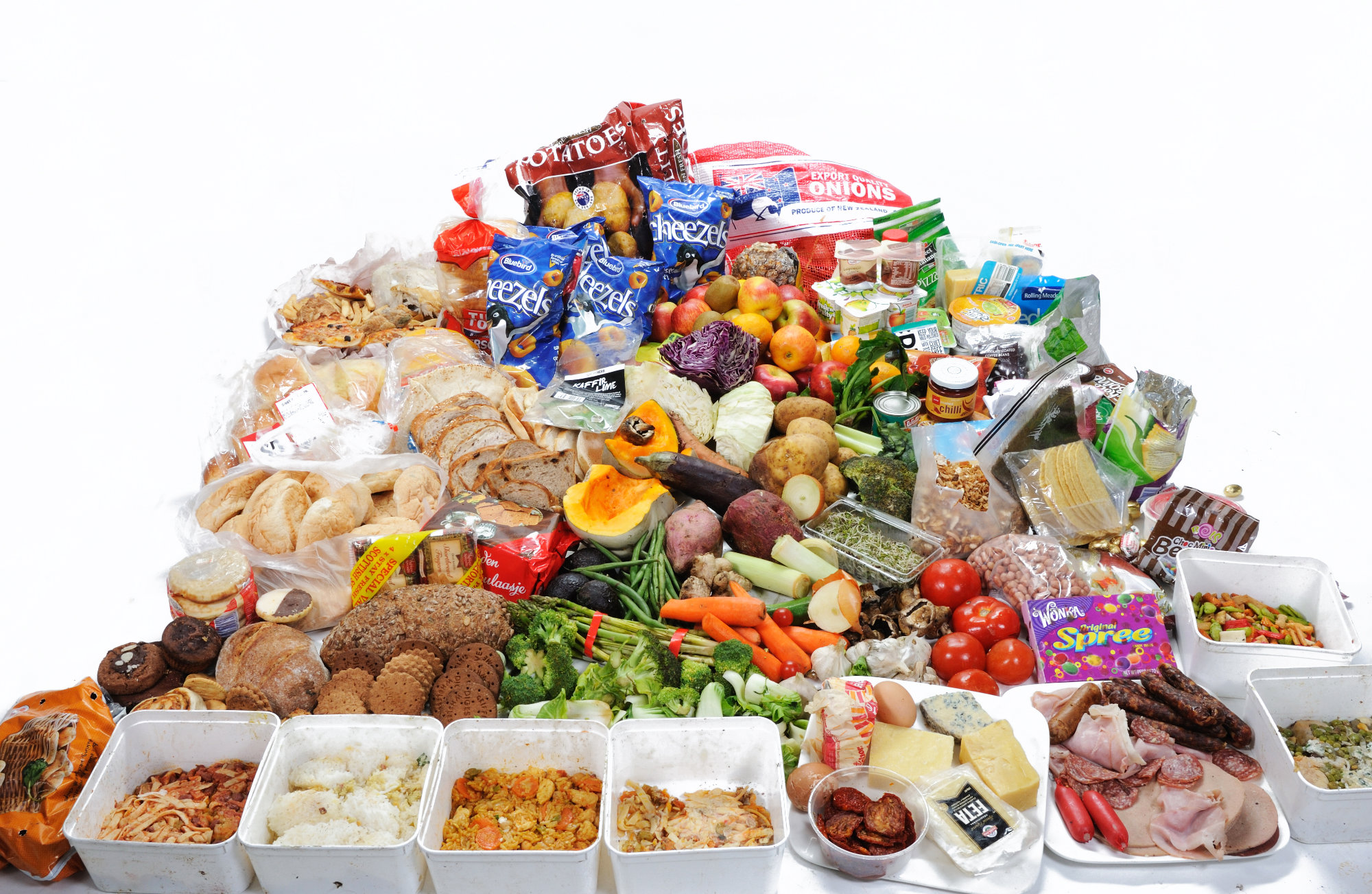 Evolution & Behaviour
Evolution & Behaviour
Win-waste: an alarming strategy
Currently available models underestimate global food waste. We developed a new method to estimate how much food is wasted at a country level. Comparison with estimates based on US consumer surveys shows that the approach can reasonably reproduce the results with much less data.

Globally about one-third of food produced for human consumption assumptively goes to waste. Food waste is a squandering of resources and money and this is why Sustainable Development Goal 12.3 aims to halve food waste by 2030. But the progress is hard to measure as precise data on food waste by countries are missing.
Authorities believe that food waste is more common in developed countries compared to developing countries. For comparison, the amount of food wasted by consumers in developed countries is presumably almost as high as the total food production in sub-Saharan Africa. Higher affluence can make food appear relatively inexpensive and therefore affordable enough to be wasted. This relation is however also not clear-cut since the data on food waste is incomplete and imprecise. In our work we aimed to establish a global dataset on food waste that estimates based on consumer income data.
We developed a new method to deduce food waste by comparing the amounts of food consumed to all the food available. The data on how much food is available is accessible through the Food and Agriculture Organization of the United Nations (FAO). The human metabolism model provides data on how much food a person consumes depending on their body weight and activity levels. Assuming that body weight stays the same in a given moment in time, food consumption is equal to the energy requirements. We calculated the energy requirements for a representative consumer of each of our sample countries, based on demographic characteristics such as weight and age distribution of the population in the country. Our sample represented two-thirds of the world population.
After calculating the food waste for a set of countries, we looked at the relation between food waste and affluence. Both food availability and consumption are related to income, this data is therefore used to derive the relation between food waste and affluence. Using this relation, we can estimate food waste levels for any country. While the average consumer in our sample wasted approximately 13% of food, we estimated that people wasted globally up to 25% of all food available for human consumption by 2011. Comparing the food waste numbers for all countries confirmed the general belief that consumers in richer countries waste more food. In our analysis we also revealed that food waste emerges when the average daily income per person exceeds the threshold of $6.70 and increases rapidly above that value.
Using our data, we also derived the elasticity of food waste - how much food waste responds to a rise in affluence. Developing countries have higher elasticities, suggesting that an economic growth there will lead to a relatively faster growth in food waste than in developed countries. This is because developed countries already waste a lot of food, so the growth will be more significant in countries that are about to reach similar levels of affluence.
Based on our results, there is a strong link between affluence and food waste. This relation shows that after a certain threshold, food waste first starts to rise rapidly and then gradually. So, food waste will rise quickly in countries experiencing rapid growth. This suggests that our focus should not only be on reducing the food waste in developed countries, but also on preventing food waste from emerging in developing countries. Policymakers should implement consumer awareness and education programs in countries rising above $6.70 - the threshold of daily income per person - indicated in this study.
Besides the implications for specific countries, this research also has a global significance. Our approach to estimating the link between affluence and food waste provides for a way to estimate food waste in countries without detailed surveys. For each country, we can now estimate food waste based on their consumer data. The calculated values can serve as a status quo against which to measure the progress on halving food waste by 2030.
Original Article:
van den Bos Verma, M., de Vreede, L., Achterbosch, T. & Rutten, M. M. Consumers discard a lot more food than widely believed: Estimates of global food waste using an energy gap approach and affluence elasticity of food waste. PLoS One 15, 1-14 (2020).
Edited by:
Isa Ozdemir , Senior Scientific Editor
We thought you might like
A new paradigm for metabolic health: reduced intake of dietary branched-chain amino acids
Feb 22, 2018 in Health & Physiology | 3 min read by Dudley W. LammingThe surprising effects of a Paleo diet on diabetic patients
Dec 14, 2016 in Health & Physiology | 3 min read by Alice MatoneLower calorie intake allows monkeys to live long and prosper
Mar 24, 2017 in Health & Physiology | 3 min read by Rozalyn AndersonHowler monkeys: living a life in colour helps finding better food
Jul 3, 2017 in Evolution & Behaviour | 4 min read by Amanda D. MelinMore from Evolution & Behaviour
Cicada emergence alters forest food webs
Jan 31, 2025 in Evolution & Behaviour | 3.5 min read by Martha Weiss , John LillSize does not matter: direct estimations of mutation rates in baleen whales
Jan 29, 2025 in Evolution & Behaviour | 4 min read by Marcos Suárez-MenéndezThe Claws and the Spear: New Evidence of Neanderthal-Cave Lion Interactions
Jan 22, 2025 in Evolution & Behaviour | 3.5 min read by Gabriele RussoA deep-sea spa: the key to the pearl octopus’ success
Jan 20, 2025 in Evolution & Behaviour | 3.5 min read by Jim BarryFeisty fish and birds with attitude: Why does evolution not lead to identical individuals?
Aug 31, 2024 in Evolution & Behaviour | 3 min read by Lukas Eigentler , Klaus Reinhold , David KikuchiEditor's picks
Trending now
Popular topics


